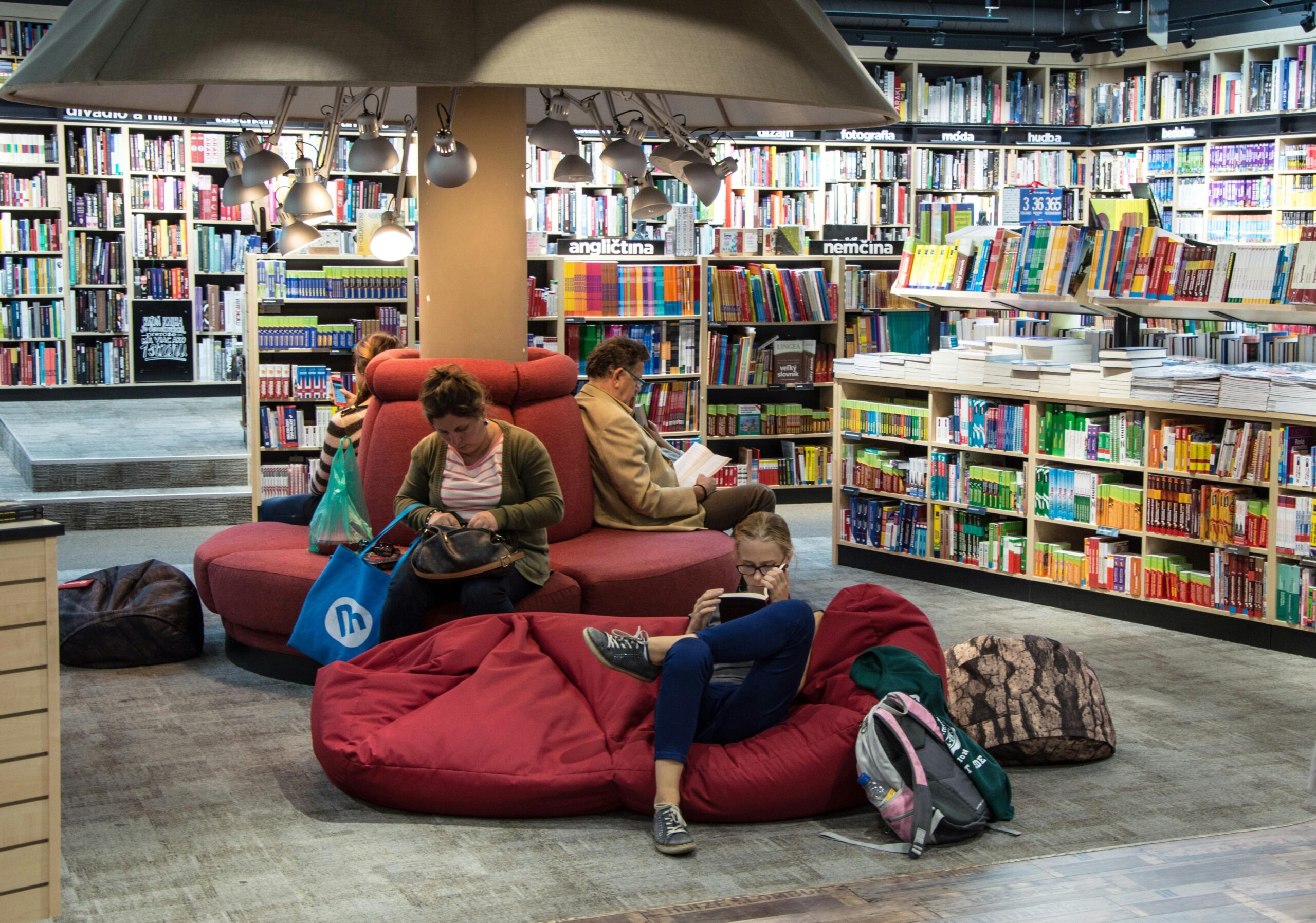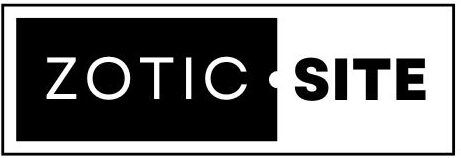
Education:

Advantages and Disadvantages of Online Education:
Online education offers additional opportunities beyond traditional classroom learning, but it also presents organizational challenges such as internet connectivity issues or disruptions in delivery.
Utilizing Educational Technology:
- Integrating educational technology enhances learning capabilities and influences students through various means, ultimately improving the effectiveness of educational practices.
Parental Involvement and Academic Success:
- Active parental involvement significantly impacts a child’s educational performance, often seen where there’s a strong partnership between parents and educators.
Innovative Teaching Methods:
- With advancements in educational methodologies, new teaching styles and techniques have emerged, captivating students and fostering better comprehension.
Socioeconomic Status and Educational Disparities:
- Educational access and quality vary according to socioeconomic status, resulting in educational inequalities. Various initiatives and policies are implemented to address this issue.
US Education System-
The education system in the USA is really good and attracts students from all over the world. Many international students dream of studying there, whether at public or private schools. There are lots of different programs at schools all across the country.
Most US universities have two or three terms per year for admissions. If you’re from another country, you need to make sure your degree is similar to one from the US, and you might need it translated into English and checked by a special agency. Before you apply, it’s a good idea to talk to someone who knows about education to understand what you need to do. You also need to make sure you meet the specific requirements of the school and program you want to join.
The cost of studying in the USA depends on things like what kind of school you go to, what you’re studying, and where the school is. It can range from around $8,000 to $55,000. But if you can’t afford it, there are scholarships available to help. After you finish your studies, you can expect to earn around $60,000 a year. And if you get more experience and become a leader in your field, you could earn even more, sometimes over $300,000.
Who has the best education system in the US?
For much of history, most people didn’t attend school. Only privileged individuals like Alexander the Great could afford private tutors like Aristotle.
In the mid-19th century, the United States began making education mandatory for everyone. It was a deal: The government offers free public schools open to everyone, and children have to go to school. Nowadays, about nine out of ten kids go to public schools.
One person played a huge role in making this happen: Horace Mann, the first state secretary of education in the U.S. The Constitution didn’t talk about education. In the South, wealthy white kids had tutors or went abroad to study. Enslaved people were forbidden from learning to read, and those who did usually did so secretly.
But Mann was from Massachusetts, where the idea of public schools started in the 1600s. He built on that idea, traveling around the state on horseback to visit schools, many of which were in bad shape. He believed schools were crucial for democracy, following Thomas Jefferson’s idea that a free society can’t survive if people are ignorant.
How does the education system in the USA work?
Kindergarten: In the USA, kindergarten is the first year of school for kids who are 5 or 6 years old. It’s a bit like a link between preschool and elementary school. Kindergarten is full of fun activities and isn’t too strict. Some kids go for half a day, others for the whole day. During this time, children learn basic things like reading, math, science, and social studies. Teachers make sure everyone feels welcome and taken care of.
Elementary School: Elementary school is for kids from kindergarten to 5th grade, which is usually from ages 5 to 11. It’s a really important part of their schooling. They have teachers who teach them lots of different things.
Kindergarten: In the USA, kindergarten is the first year of school for kids who are 5 or 6 years old. It’s a bit like a link between preschool and elementary school. Kindergarten is full of fun activities and isn’t too strict. Some kids go for half a day, others for the whole day. During this time, children learn basic things like reading, math, science, and social studies. Teachers make sure everyone feels welcome and taken care of.
Elementary School: Elementary school is for kids from kindergarten to 5th grade, which is usually from ages 5 to 11. It’s a really important part of their schooling. They have teachers who teach them lots of different things.
The Education System in American Schools
In America, schooling has two main parts: elementary and high school. After that, there are more advanced levels like college and graduate school. Some programs offer learning without giving degrees.
There are two kinds of schools: public schools, which are free and run by the government, and private schools, which charge money. Public schools are free for everyone, but private schools can cost up to $8,300 a year.
International students in the US can go to public schools in their area for free. If they want to go to a different area, they might have to pay some money. If they choose a private school, they need to pay the fees.
Why The Educational System in USA is World-class
In America, students typically attend school for about 12 years before deciding whether to go to college. There are two kinds of colleges: public ones, which are free, and private ones, which cost money. If you’re from another country and want to study in the US, you can attend a public school in your area for free. But if you choose a different public school or a private one, you may have to pay.
In the USA, there are many colleges and universities, each offering different programs. They’re not controlled by one big group but are approved by independent organizations. There are approximately 4,000 of these schools, and they offer various degrees. Some specialize in subjects like art, languages, and science. Many are private, meaning they receive funding from donations, research funds, and student fees. They’re often smaller and may have religious or single-gender affiliations.
Conclusion:
In America, education provides a wide range of opportunities, from kindergarten to college and beyond. Online learning brings new possibilities but can also face challenges like internet issues. Educational technology improves learning, and parental involvement boosts children’s success. Different teaching methods cater to diverse learning styles. However, economic differences lead to unequal access and quality of education. The US education system attracts global students, offering public schools for free and private schools with varying fees. International students can attend public schools in their area for free but may need to pay fees for different regions or private schools..
